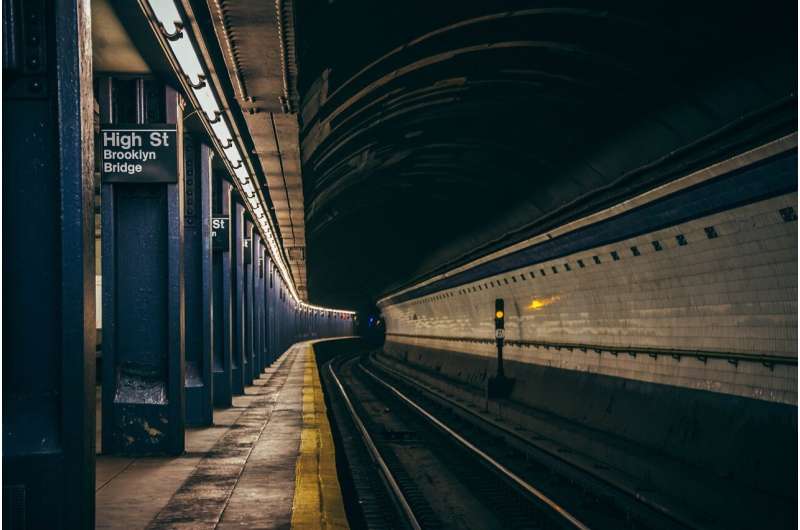To provide better accessibility by railway systems, connection is a key factor

City planners would like residents to ditch their cars and take the train or bus. Public transportation systems are cost effective, energy efficient, and environmentally friendly alternatives to private automobiles, but individuals will only make the switch to public transit if they support enough accessibility for individuals to travel.
In a study published last month in the Journal of Transport Geography, researchers from the University of Tsukuba have revealed that it isn't just the presence of railway infrastructure in a city that affects network performance—the connections between populations and facilities must also exist.
Plenty of previous methods for measuring the accessibility of transit systems have been proposed. However, the researchers took a different approach in this study, looking at performance in terms of accessibility to populations and facilities instead of accessibility to the transport itself.
"We define railway network performance as the ways in which a railway network reduces travel time and increases the opportunity for activities," says Professor Sunyong Eom, who co-authored the study. "For better accessibility by railway, it is essential to understand the current level of railway performance, compare it with the levels of other cities, and discuss the future plan based on quantitative methods."
The researchers evaluated the railway networks of 40 cities worldwide using their new railway performance index. They found that European cities, with their higher levels of railway infrastructure, often have a higher index than cities in developing countries with less infrastructure. However, cities with the same levels of infrastructure can also have very different indexes. For example, Milan and Nagoya have the same railway coverage as Los Angeles, but the performance of their rail networks is much higher than that of Los Angeles because its vast suburbs are not well connected to vital facilities.
"Even if large investments are made in transit networks, a lack of integrated planning among various departments such as transportation, urban development, and land use can lead to poor railway performance," says Professor Tsutomu Suzuki, lead author of the study.
The authors believe this index can be used in the future to evaluate proposed railway plans in terms of accessibility. For existing systems, this index can tell whether additional infrastructure is needed, or whether changes to urban development and land use planning would be more effective. This step will increase options for reducing automobile use and improve the quality of life for residents in large cities.
More information: Lan Yang et al, Measuring railway network performance considering accessibility levels in cities worldwide, Journal of Transport Geography (2021). DOI: 10.1016/j.jtrangeo.2021.103211





















